Bonsai Inspiration for Brevard
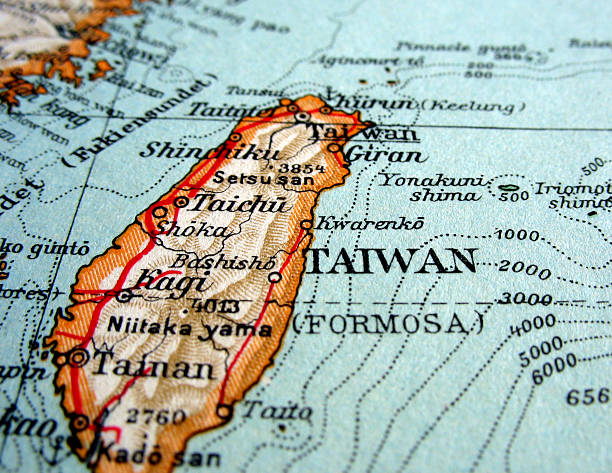
The word bonsai is a Japanese word loosely translated as living in a pot. The Japanese use the kanji characters bon 盆 – pot and sai 栽 – planted in tray. However, like all kanji characters the Japanese borrowed these characters from the Chinese language and gave them a Japanese pronunciation. The Chinese call these characters penjing or pensai. It is pretty much recognized the art started in China and migrated to Japan years ago. The global dynamic of the 20thcentury but particularly the post WWII era when the Chinese suffered a communist revolution and the follow-on socially devastating cultural revolution under despot Mao Tse Tung, penjing was mostly lost in China. Their leaders deemed it a bourgeois activity spurned by a collectivist mindset. Meanwhile Allied soldiers, especially Americans, occupying Japan saw the Japanese bonsai and the art spread through them along with the Japanese migration to the USA.

Due to these global circumstances most Americans look to Japan for bonsai inspiration. For most of the country this makes sense as the Japanese climate matches the US climate. Hokaido weather gets as cold as New England. Honshu, where many of the Japanese bonsai nurseries are, is like the mid-east or mid-west coast of the USA. Temperature and storms in Okinawa’s match the scenarios on the gulf coast. Beyond climate, Japanese culture has so many interesting aspects it opens a whole panoply of ideas to investigate making it a worthwhile study. However for those of us living in Florida’s Brevard county, Japan may not be the best role model for bonsai inspiration. Our tropical climate means we have many different species available for bonsai different than the Honshu-based varieties.
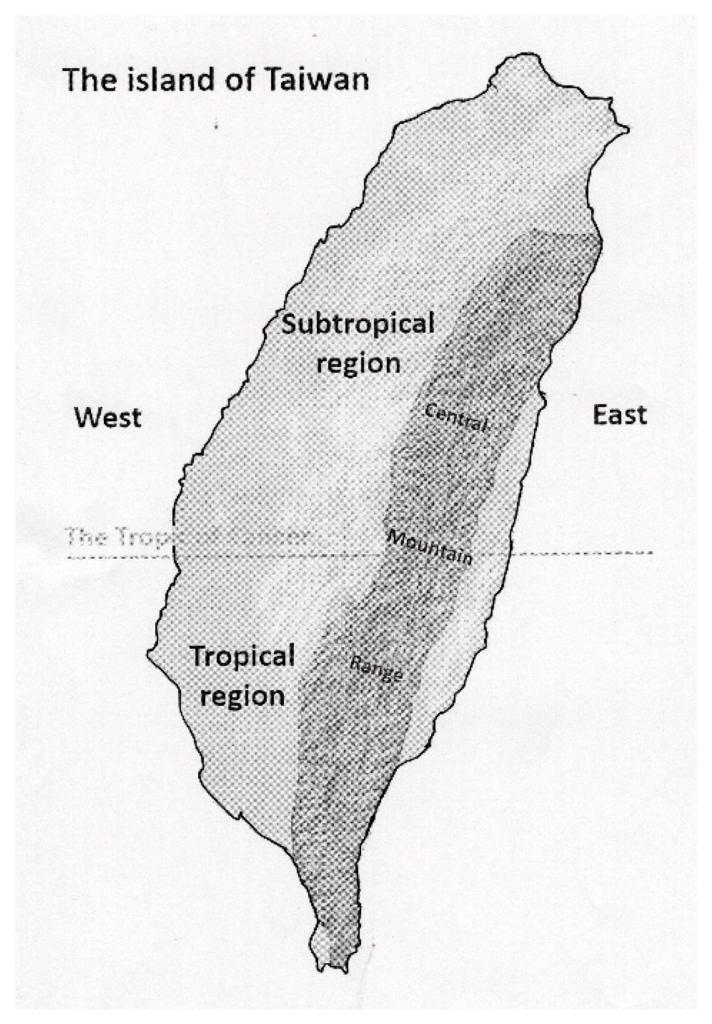
Where should we look then for historical bonsai inspiration? I suggest Taiwan. Formerly called Formosa, Portuguese for Beautiful Island, due to its verdant flora that impressed the first European explorers that encountered it. Taiwan is a large island that stretches across the Tropic of Cancer or Northern Tropic, the most northerly circle of latitude on Earth at which the Sun can be directly overhead. The whole east coast of Taiwan juts from the Pacific Ocean as a massive wall of tropical vegetation. Beyond those cliffs are several tall mountains that induce cooler micro-climates. These factors mean Taiwan has an ideal climate that matches the agricultural zones of all of Florida, from Jacksonville to the Keys. Added to that, the Taiwanese bonsai esthetic evolved from the Chinese lingnan and other style schools to a refined Japanese esthetic due to the 45 years of occupation by the Japanese. In those 45 years of tropical growing conditions plus the 78 since the end of WWII, the trees in essence had 123 years growing time under the colonial Japanese influenced esthetic. With fast growing tropical trees it means the Taiwan tropical bonsai trees are spectacular.
The climate zones in Taiwan range from tropical on the south of the island to nearly temperate at the high mountain areas. Taiwanese grow many species that we enjoy in Florida such as figs (Ficus microcarpa both kinmen and green island variety) (Interestingly they don’t grow Willow Leaf Fig (F. salacaria) which is not surprising as the DNA analysis of it shows it to be a Caribbean species but that is story for another day.) Other common species are Sea Hibiscus (Talipariti tiliaceum – note a new Latin name), Chinese juniper (Junipersus chinesis), Japanese Black Pine (Pinus thunbergi), Paper Flower tree (Bougainvillea), Hackberry (Celtis Orientalis), Australian Pine (Casaurina equisetfolia), Crape Myrtle (Lagerstroemia), Headache tree (Premna sp.), Azalea (Rhododendron sp.), Buddhist Pine (Podocarpus coastalis), Boxwood (Buxus sp.), Firethorn (Pyrachanta sp.) and many more. There are several species common in Taiwan that haven’t fully migrated to Florida such as Maba buxifolia, Vitex sp, Ficus pendulosa, Taiwan White Pine (Pinus morisonicola) and Eurya emarginata and more. Despite that there is something in this list for everyone to grow from north to south Florida including Brevard county.
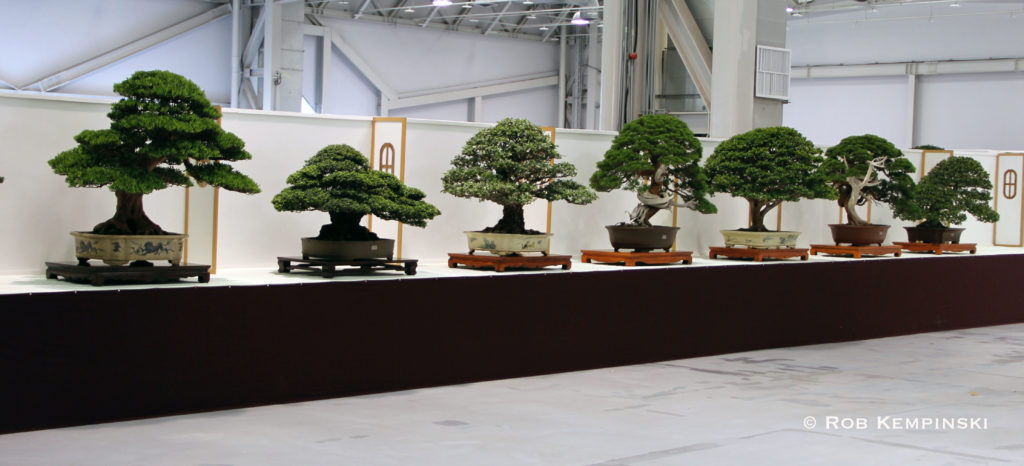
Taiwanese bonsai display in both gardens and in bonsai exhibitions has a distinctly Chinese flavor. The focus is on trees. In the nice gardens the Chinese grow bonsai as individual works of art on marble or stone stands. Sometimes they integrate them into Chinese landscape gardens. In exhibitions the Taiwanese again focus on the trees. While they elevate the trees on stands, they do not use the Japanese tokonoma-infused concept of seasonal or natural themes. You will rarely see accent plants with the exception of small tree displays. When using stands the artists use old Chinese-style furniture for display. Some of the small tree displays have many shelves and look busy to someone trained in the wabi-sabi Japanese esthetic. Contemporary or avant guard hasn’t fully caught on. One caveat, much of this is evolving as the world learns what other regions are doing and occasionally you now see some Japanese style display in Taiwan.
Let’s look at a few of these Taiwanese trees for bonsai inspiration.
Figs
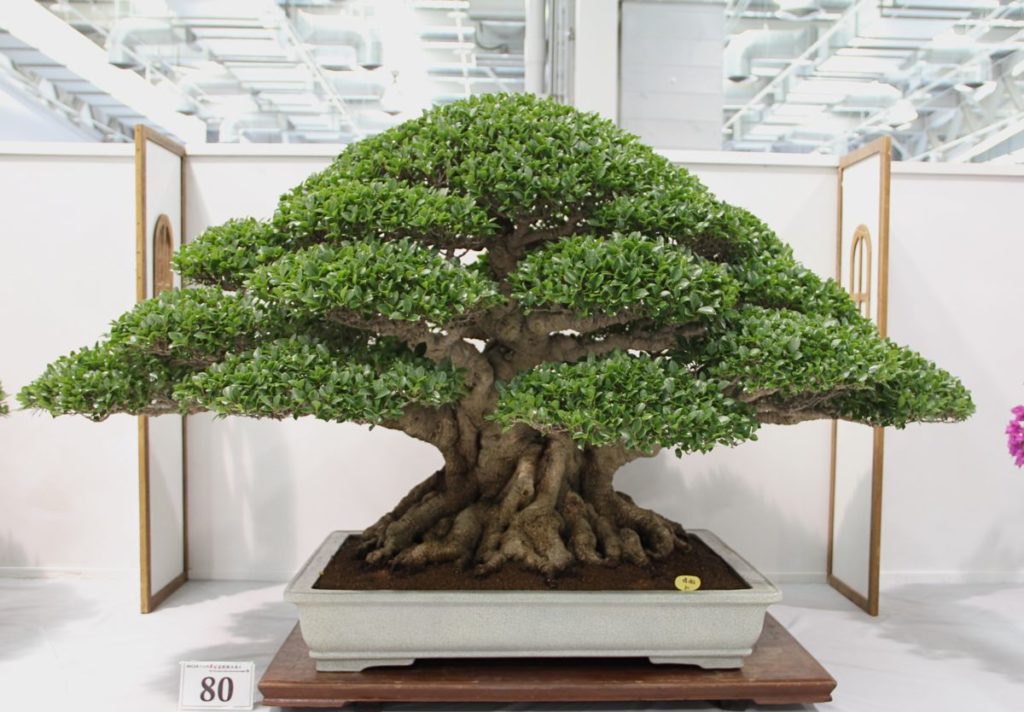
Texas Sage

Aussy Pine

Paper Flower tree
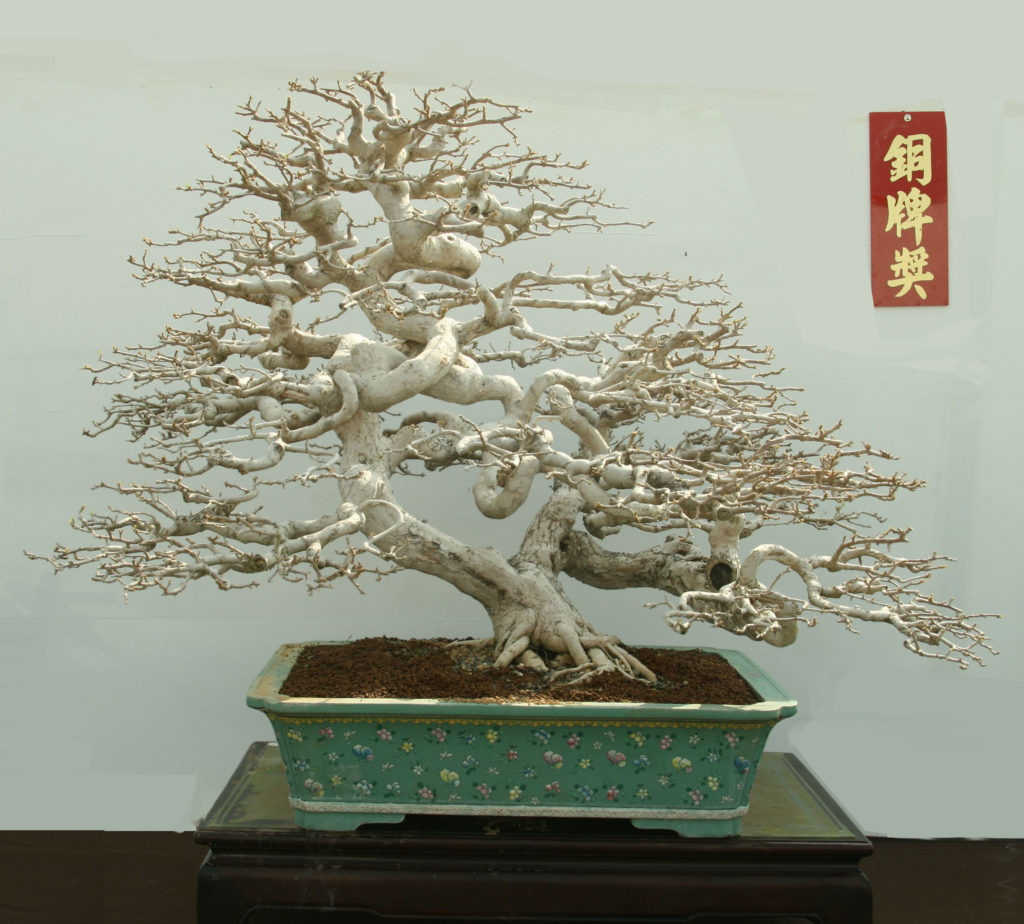
Sea Hibiscus
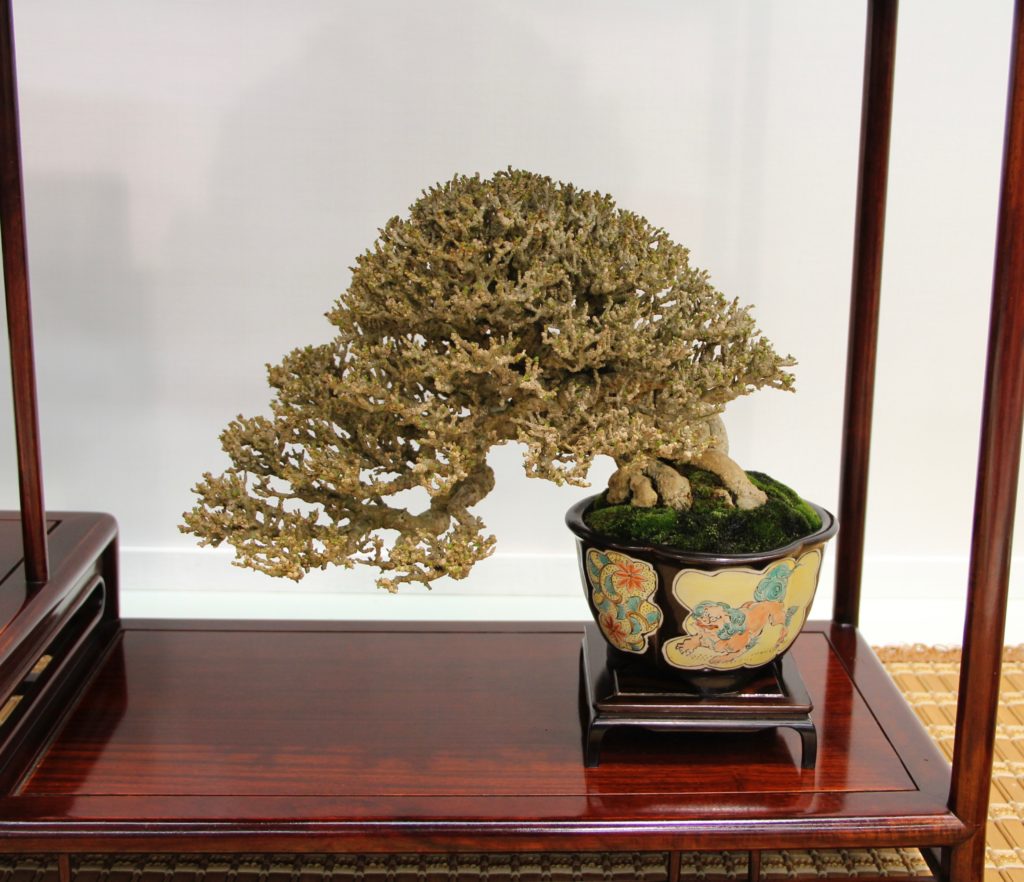
Headache Tree
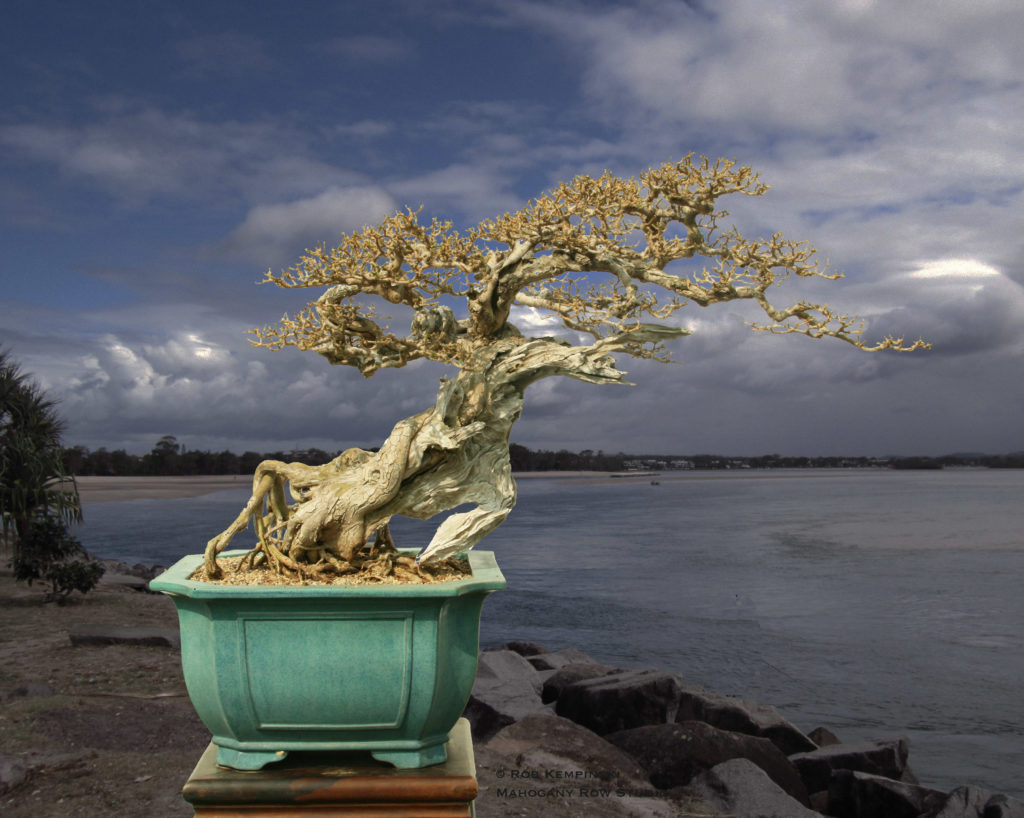
As I mentioned last month looking at images of other fine bonsai trees will build a visual knowledge mental database. For those of us in Brevard, include Taiwanese bonsai trees in that effort.
